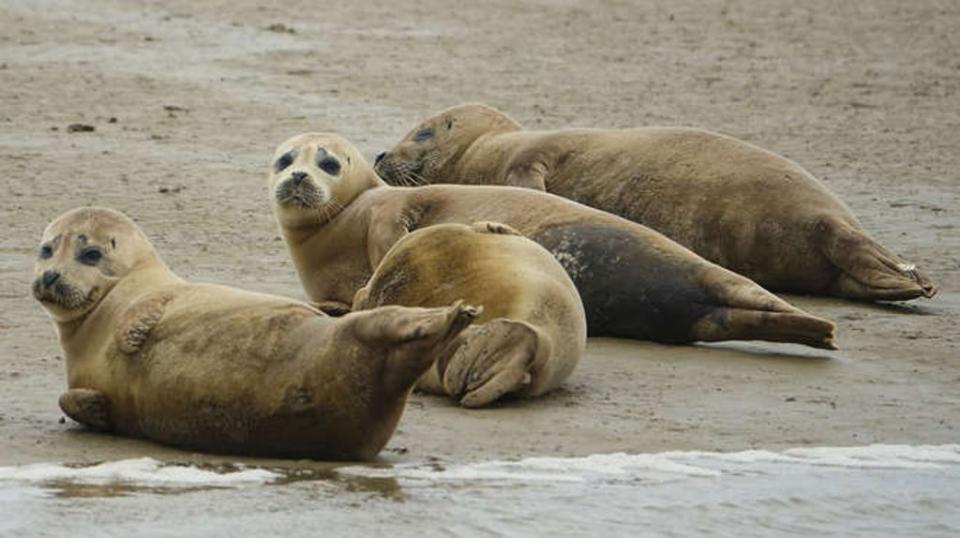Venomous sharks are living in London’s River Thames

Sharks have made the Thames their home thanks to extraordinary conservation efforts that have brought the capital’s river back from the brink.
The Thames was declared “biologically dead” in 1957 because of extreme levels of pollution but now teems with life after more than 60 years of environmental work.
The tidal Thames supports over 115 species of fish – including tope, starry smooth-hound and spurdog sharks – 92 species of bird, and has almost 600 hectares of salt marsh, which is a crucial habitat for a range of wildlife.
Tope sharks can grow up to six feet long and live 50 years, while spurdogs release venom from their fins.
Other surprising species living in the Thames include seahorses, eels, and seals.
The extraordinary turnaround was revealed in the first ever State of the Thames Report by the Zoological Society of London (ZSL), the first complete health check of the river.

ZSL conservation programme lead for wetland ecosystem recovery, Alison Debney, said: “Estuaries are one of our neglected and threatened ecosystems. They provide us with clean water, protection from flooding, and are an important nursery for fish and other wildlife.
“The Thames estuary and its associated ‘blue carbon’ habitats are critically important in our fight to mitigate climate change and build a strong and resilient future for nature and people.
“This report has enabled us to really look at how far the Thames has come on its journey to recovery since it was declared biologically dead, and in some cases, set baselines to build from in the future.”
The report highlights the impact of dedicated conservation efforts and found the overall picture was bright for nature, with evidence of an increase in a range of bird species, marine mammals and natural habitats such as carbon-capturing salt marsh.
However, climate change has increased the temperature of the capital’s waterway by 0.2C per year on average, which combined with associated sea-level rises, paints a “worrying picture”, according to the report.
Read More
World’s largest carbon-sucking factory starts operation in Iceland
‘The climate crisis is a reality’: Africa’s summer of extremes
Against the odds: The fight to save sea turtles in Ras Baridi

 Yahoo News
Yahoo News 
